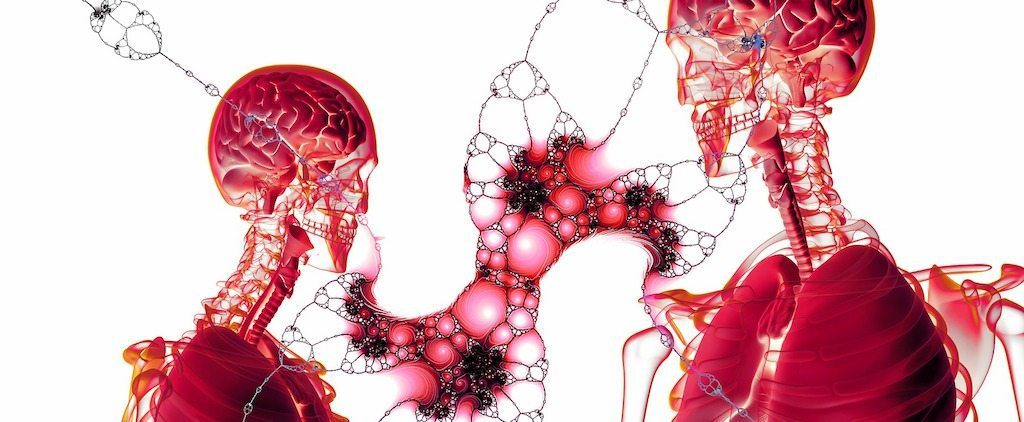[dropcap style=”font-size:100px; color:#992211;”]S[/dropcap]cientist Carol Dweck aims to bust the myth that we are born with ready made personalities. She makes the case that our basic human needs may shape us more than previously thought, as the following article helpfully explains.
Personality: Where does it come from and how does it work?
How do our personalities develop? What do we come with and what is built from our experiences? Once developed, how does personality work? These questions have been steeped in controversy for almost as long as psychology has existed.
In an article in Psychological Review, Carol Dweck tackles these issues. She proposes that our personalities develop around basic needs, and she begins by documenting the three basic psychological needs we all come with: the need to predict our world, the need to build competence to act on our world, and, because we are social beings, the need for acceptance from others. (She also shows how new needs emerge later from combinations of these basic needs.)
[quote]as infants try to meet their needs, something important happens[/quote]
Infants arrive highly prepared to meet these needs–they are brilliant, voracious learners on the lookout for need-relevant information. Then, as infants try to meet their needs, something important happens. They start building beliefs about their world and their role in it: Is the world good or bad, safe or dangerous? Can I act on my world to meet my needs? These beliefs, plus the emotions and action tendencies that are stored with them, are termed “BEATs.” They represent the accumulated experiences people have had trying to meet their needs, and they play a key role in personality–both the invisible and the visible parts of personality.
The invisible part of personality consists of the needs and BEATs. They form the basis of personality and they drive and guide the visible part. The visible part happens when the needs and BEATs create the actual goals people pursue in the world– what people actually do.

image: Pixabay
Take the following example. Some people are conscientious; they actively pursue achievement and exercise self-discipline and perseverance. That’s the visible part. Everyone has a need for competence, but how people pursue competence-whether they do so in a conscientious manner–will depend on their BEATs (the invisible part, such as their beliefs). Research shows that some people hold the belief that their abilities are simply fixed traits. When they are confronted with a challenging task, they may choose an easier one instead because the challenging task carries a risk. It could expose their fixed ability as deficient; it could undermine their sense of competence. However, other people believe that their abilities can be developed. They are more likely to welcome the challenging task and stick to it in the face of setbacks in order to develop their competence. They display the hallmarks of conscientiousness. In other words, underlying BEATs can have a pronounced effect on the visible “personality” people display as they pursue their goals.
[quote]our personality develops around our motivations
(our needs and goals) and is not simply about traits we’re born with[/quote]
Temperament can also be important. For example, if children are shy or fearful it can make certain needs (such as the need for predictability) stronger than others and it can affect the way they react to things that happen to them–both of which can mold the BEATs they develop and carry forward.

image: Pixabay
What are the implications of this theory? First, it means that our personality develops around our motivations (our needs and goals) and is not simply about traits we’re born with. The theory also reveals the invisible parts of personality and shows how we can identify and address important BEATs (particularly beliefs) to promote personality change.
In short, like large, classic theories of the last century, the current theory brings together our motivations, our personality, and our development within one framework and helps shed light on processes that contribute to well-being and human growth.
An APA journals article spotlight. AMERICAN PSYCHOLOGICAL ASSOCIATION
Carol S. Dweck, Ph.D., is one of the world’s leading researchers in the field of motivation and is the Lewis and Virginia Eaton Professor of Psychology at Stanford University. Her research has focused on how mindsets shape the goals people pursue and how effectively they pursue them.
The APA Journals Article Spotlight features summaries written in collaboration with authors of recently published articles by the Journals Program of the American Psychological Association. The articles are nominated by the editors as noteworthy to the scientific community.
Source: EurekAlert. Images: Pixabay.

Some of the news that we find inspiring, diverting, wrong or so very right.




















